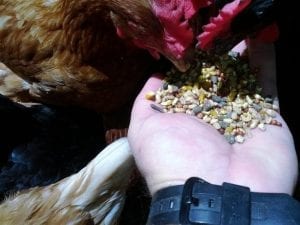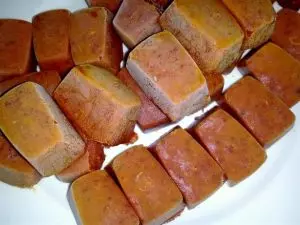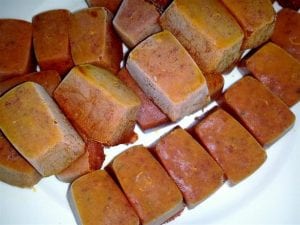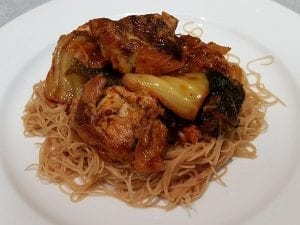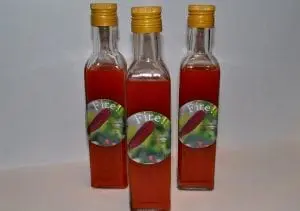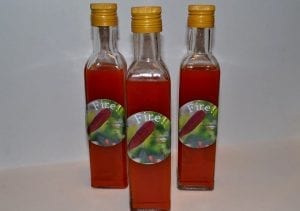Purslane is one of those unusual little herbs that lots of us have yet don’t ever notice. Considered a weed in many western countries like Australia, but an edible in the Mediterranean and Middle East, you might say it walks the line between vegetable and weed.
What Exactly is Purslane?
Purslane is a succulent edible annual herb that grows flat on the ground, expanding out to a 50cm diameter from a central crown. Common in backyards but little known in western kitchens, purslane is pleasant to eat, and is specifically cultivated as an edible in countries such as India, Greece and Iran.
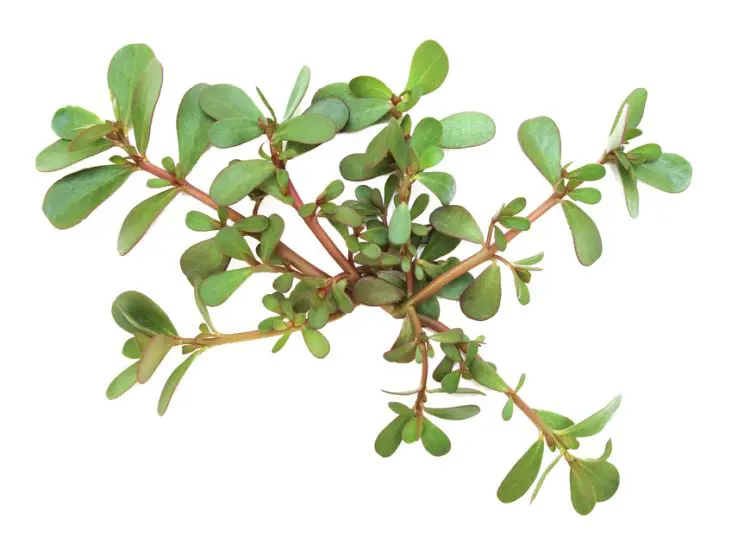
The semi-succulent leaves have a pleasant creamy texture & mild tang when eaten and are loaded with nutrients like vitamin C, iron and magnesium. Purslane is a resilient plant that benefits the immune system, and is one of the few plants which is high in omega-3 fatty acids.
Growing Purslane
Related to the jade plant, purslane is also called duckweed, verdolagas, and wild portulaca. There are around 20 species of purslane in Australia, most of which are found only in inland desert or tropical areas. If you live in the south-east of Australia, common purslane is likely to be the one in your backyard.
Purslane has a habit of popping up along pathways, in between pavers, and along fence lines. It will make an attractive ground cover if left unchecked, yet is easy to pull out if unwanted. This frost-tender edible is a warm-season annual, and appears at the onset of spring or summer. It then quietly goes to seed, and disappears as the season changes. Purslane flower are small, yellow, and only appear briefly during the middle of the day. The seeds are dropped from the flowers, to come up again the following summer.

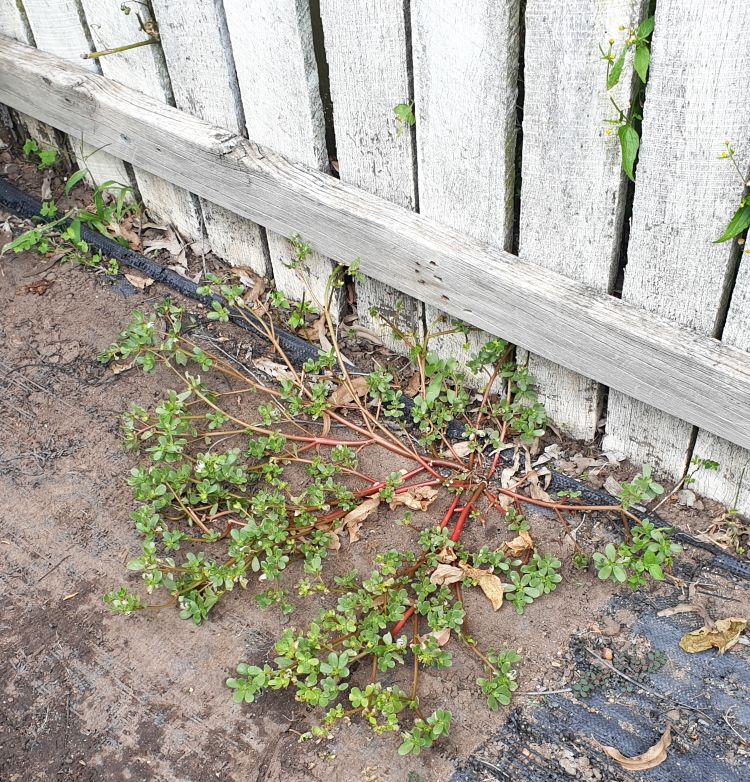
Despite being frost-sensitive, common purslane (portulaca oleracea) is an extremely robust plant that has made its way into kitchens and gardens throughout the world via its incredible ability to reproduce. A single strong purslane plant can produce over 200 000 seeds, each of which can remain viable, dormant in the soil, for up to 40 years. With this sort of reproductive ability, it’s no wonder that purslane spread throughout the world from its origins in India and Persia.
Unsurprisingly, purslane isn’t fussy about the soil it grows in, and will tolerate full sun to part shade. Some compost added into the mix won’t hurt, but isn’t necessary. As a succulent, purslane will do better in a fairly dry soil, so this is a good herb for the forgetful gardener! If you’re worried about it spreading, make sure to pull up purslane plants before they set flowers.
As a plant, purslane does have some uses in the garden, too. It stabilises soils, reduces erosion during heavy rain, retains soil moisture and reduces soil temperature by providing shade. You can grow it as a ground cover and it does well in pots. It propagates easily via cuttings and transplants well.

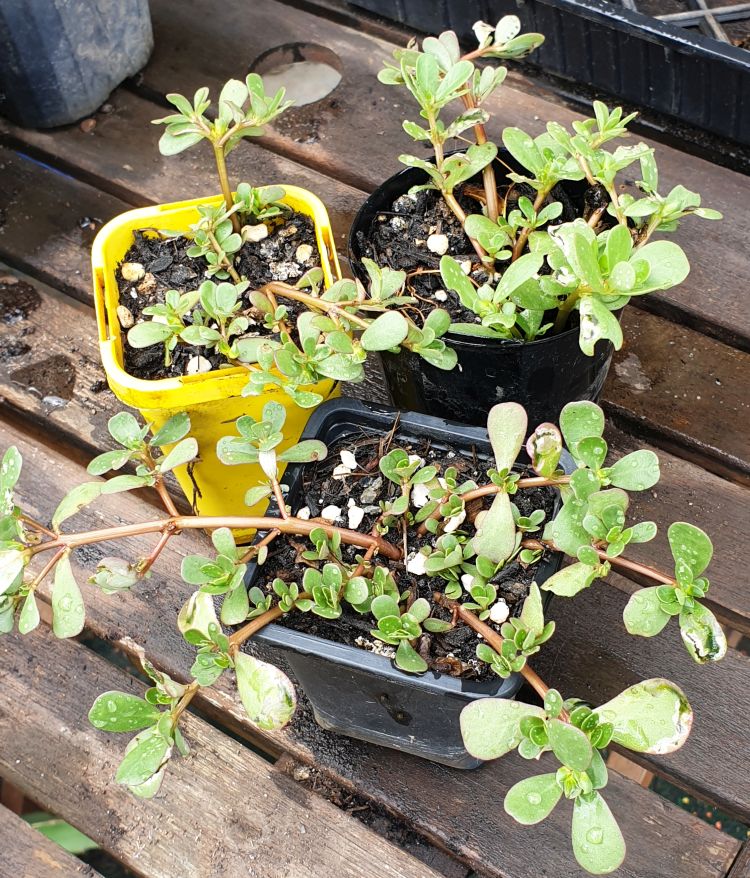
Harvesting
It’s best to harvest purslane in the morning, as its nutritional value changes as the day progresses. The malic acid content of purslane increases during the day and converts to sugar at night. Refrigerate purslane immediately after harvesting to keep it crisp.
Once young stems have been harvested, they will re-grow in about 3 weeks. The whole plant is edible: flowers, leaves, stalks and seeds. Be mindful that purslane contains more oxalic acid than the average spinach, so is best eaten in moderation or with dairy. The stems are green when young then become orange or red as the plant ages. Either way, they are perfectly edible.

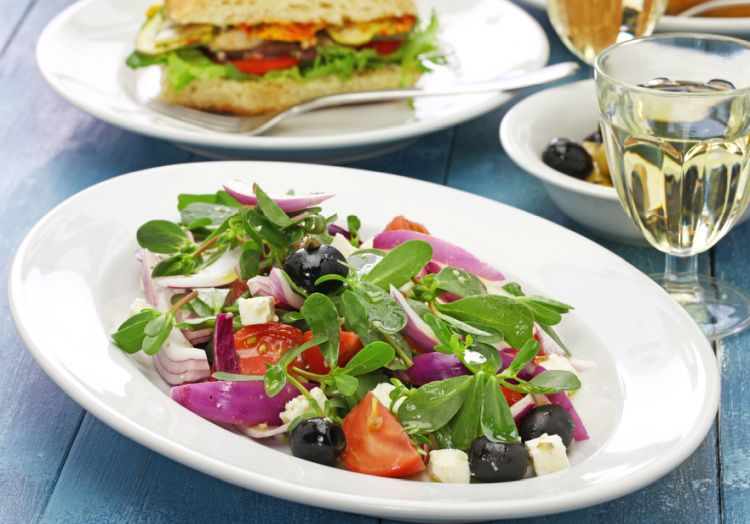
How to Eat Purslane
Purslane is quite versatile in the kitchen. It can be eaten raw, cooked, pureed, and even pickled.
The semi-succulent leaves are an interesting addition to salads & sandwiches, as they provide a mild crunch and appealing creamy texture. Purslane leaves & stems can be included in a pesto or dip as they blend up nicely, and they’re so juicy that less oil is needed. You can throw some in a soup, casserole or stew, and the high level of pectin in purslane will help thicken it. Cooking purslane as a green will reveal some mucilage; try adding some butter and spices of your choice.




